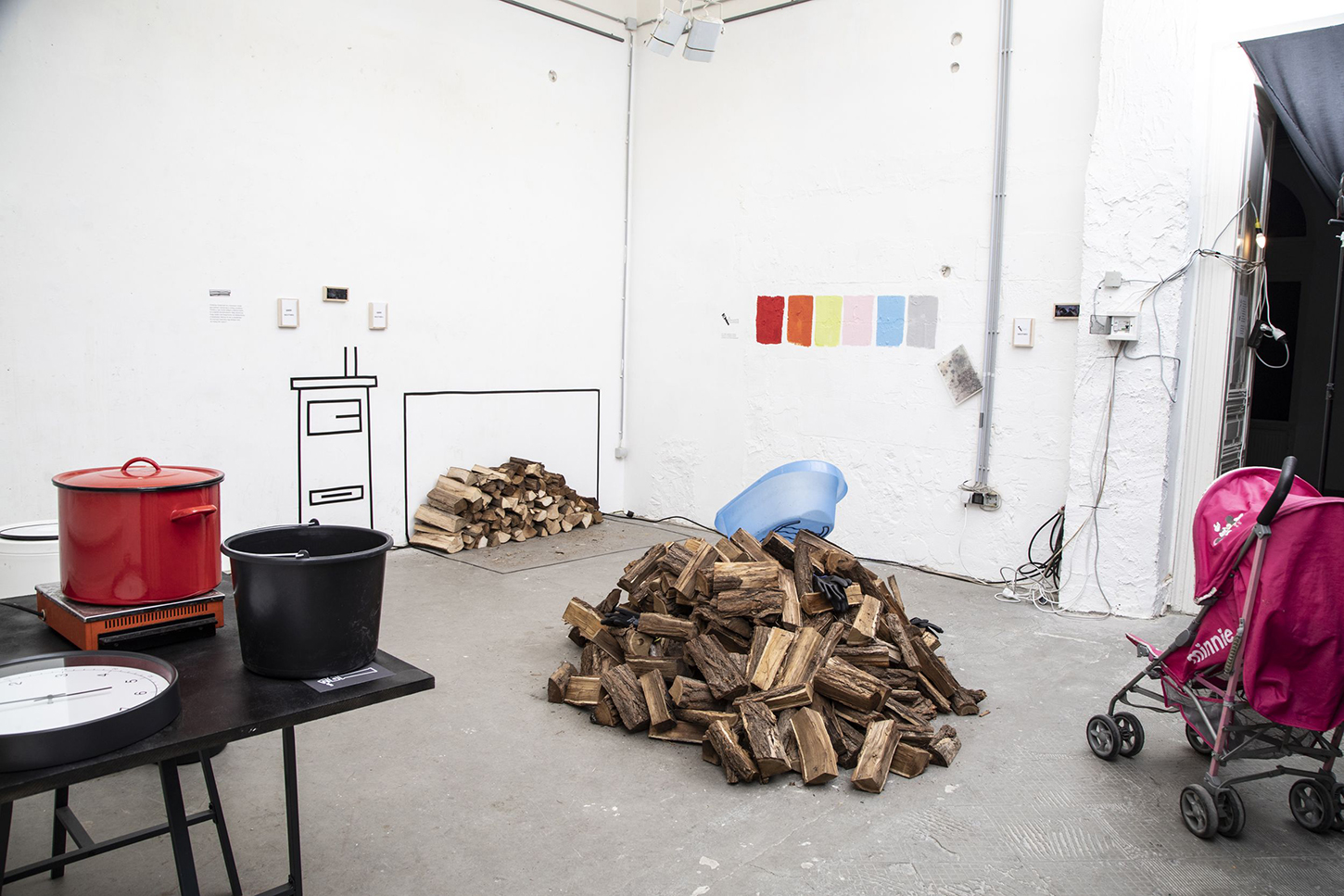The process of transferring a number of higher-education institutions (including their real-estate assets) from public ownership to foundations set up by the state is called a “model shift.” In these cases, professional and economic decisions are made by a politically based board. One prominent, recent example of the transfer of public assets to foundations and the erosion of university autonomy is the case of the University of Theater and Film. See Nagy Gergely, “Stateless Democracy at an Occupied University,” trans. Péter Veres, artportal, January 9, 2021 →.
See →.
See →.
See Nancy Fraser, “Rethinking the Public Sphere: A Contribution to the Critique of Actually Existing Democracy,” Social Text, no. 25–26 (1990): 56–80. See also: Alicja Rogalska, Katalin Erdődi, and Réka Annus, “There Is a Strength in the Collective Voice, Especially the Collective Female Voice,” We Are Not Made of Sugar, We Are from Concrete, ed. Katalin Erdődi (OnCurating Zurich, 2021), 21–37.
